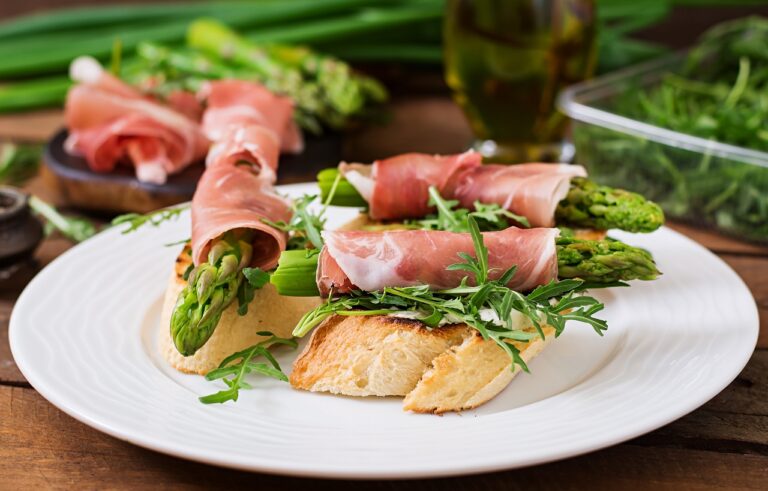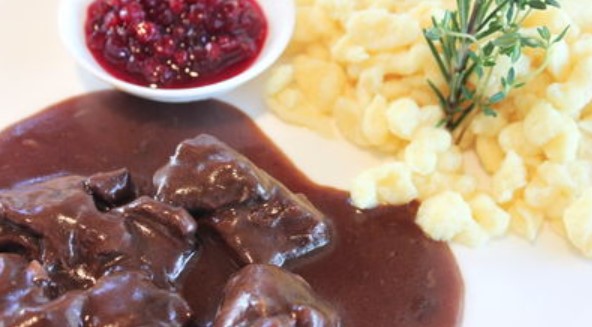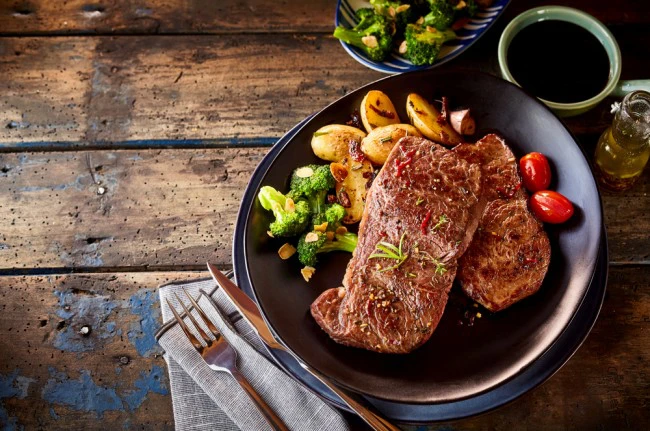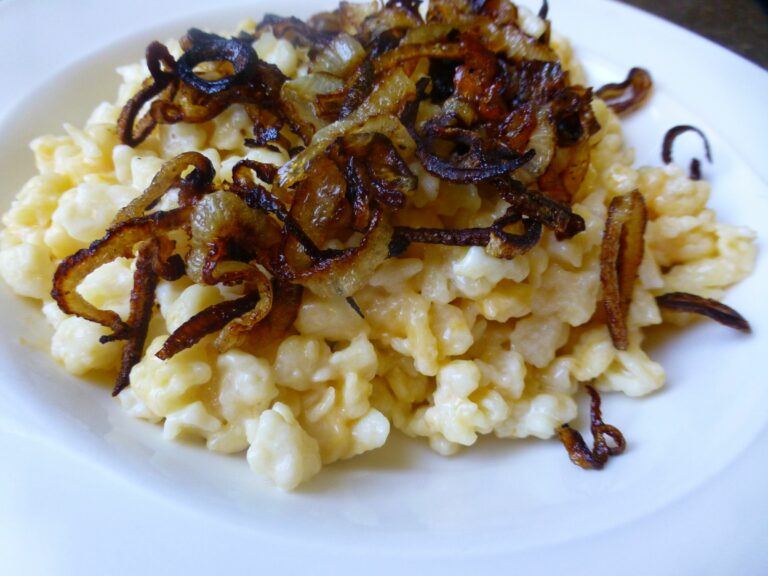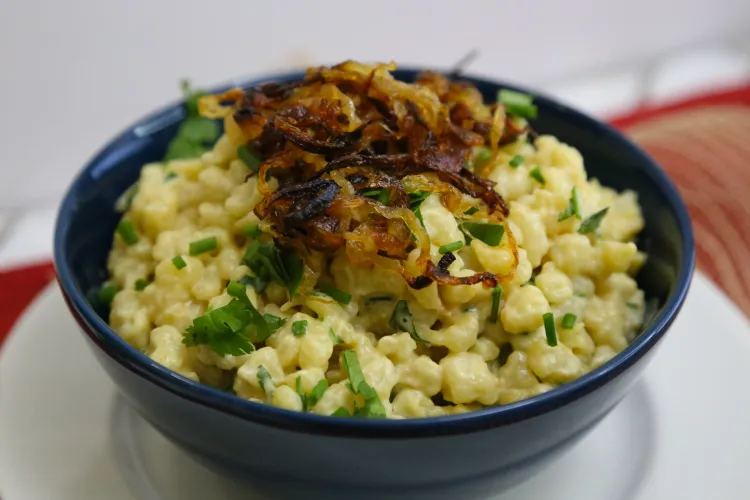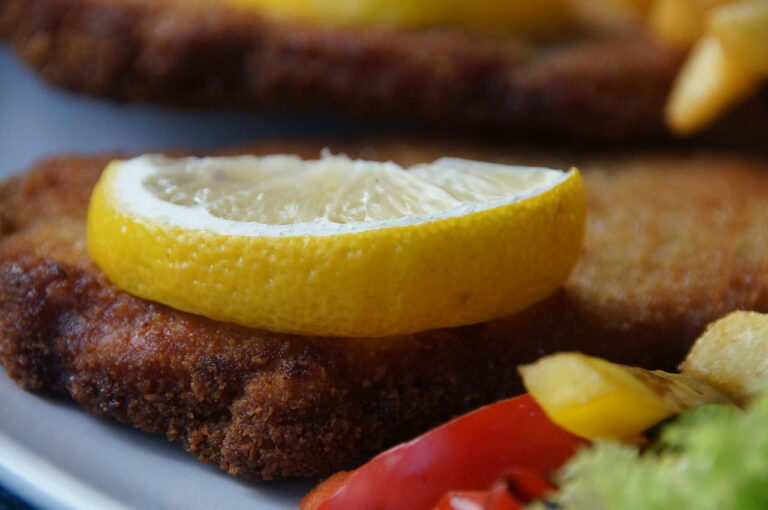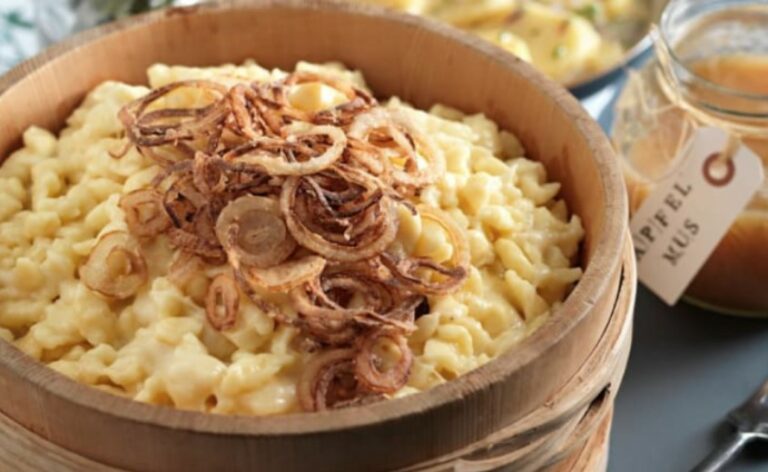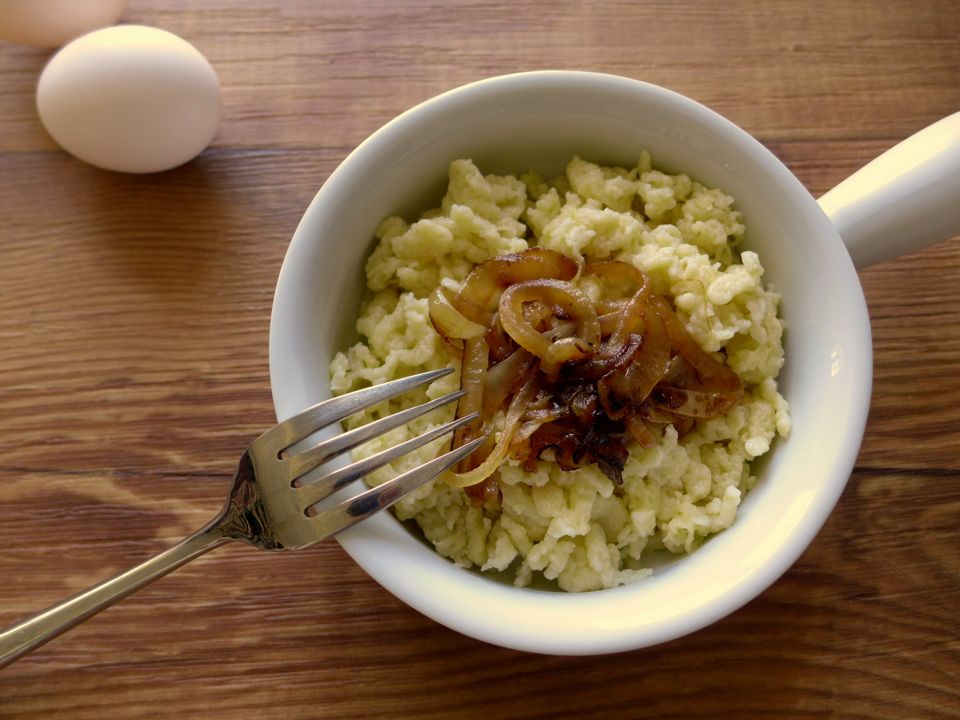Introduction: The Beverage Industry in Liechtenstein
Liechtenstein, a small landlocked country that is bordered by Switzerland and Austria, is not typically known for its beverage industry. With a population of roughly 38,000 people, Liechtenstein is one of the smallest countries in the world and does not have a significant market share in the global beverage industry. Nevertheless, the country has its own unique beverage culture, which is influenced by its geography, climate, and cultural heritage. In this article, we will explore the popular beverages in Liechtenstein, including traditional and modern drinks.
Traditional Beverages in Liechtenstein
When it comes to traditional beverages, Liechtenstein has a few notable options. One of the most popular traditional drinks is Schnapps, a type of distilled spirit made from fermented fruit or grain. In Liechtenstein, Schnapps is typically made from apples, cherries, or plums and is often served as an aperitif or digestif. Another traditional beverage is Alpenbitter, a herbal liqueur that is made from a blend of botanicals, including gentian, wormwood, and angelica. Alpenbitter is typically served as a digestif and is believed to have medicinal properties that aid digestion.
Wines and Beers in Liechtenstein
Liechtenstein has a small but growing wine industry, with around 4 hectares of vineyards located on the slopes of the Rhine valley. The country produces mainly white wines, such as Chardonnay and Pinot Blanc, which are known for their crisp acidity and fruity aromas. Beer is also a popular beverage in Liechtenstein, with several small breweries producing a range of traditional and modern styles. One of the most popular breweries is the Liechtensteiner Brauhaus, which produces a range of beers including a Pilsner, a Helles, and a Dunkel.
Soft Drinks and Juices in Liechtenstein
When it comes to soft drinks and juices, Liechtenstein has a range of options. One of the most popular soft drinks is Rivella, a Swiss soda that is made from milk whey and has a slightly tangy taste. Other popular soft drinks include Coca-Cola, Fanta, and Sprite, which are widely available in the country. When it comes to juices, Liechtenstein has a range of fresh and bottled options, including apple juice, orange juice, and grape juice.
Coffee and Tea Culture in Liechtenstein
Liechtenstein has a relatively small coffee and tea culture, with a few notable cafes and tea shops located in the capital city of Vaduz. Coffee is typically served in Italian-style espresso shots or American-style filter coffee, with a range of milk options available. Tea is also available in a range of styles, from black and green teas to herbal and fruit infusions.
Conclusion: Popular Beverages in Liechtenstein
In conclusion, Liechtenstein may not have a significant presence in the global beverage industry, but the country has its own unique beverage culture. From traditional Schnapps and Alpenbitter to modern soft drinks and juices, Liechtenstein has a range of options to suit all tastes. Whether you are a wine or beer lover, a coffee or tea aficionado, or simply looking to explore the local beverage scene, Liechtenstein has something to offer.

